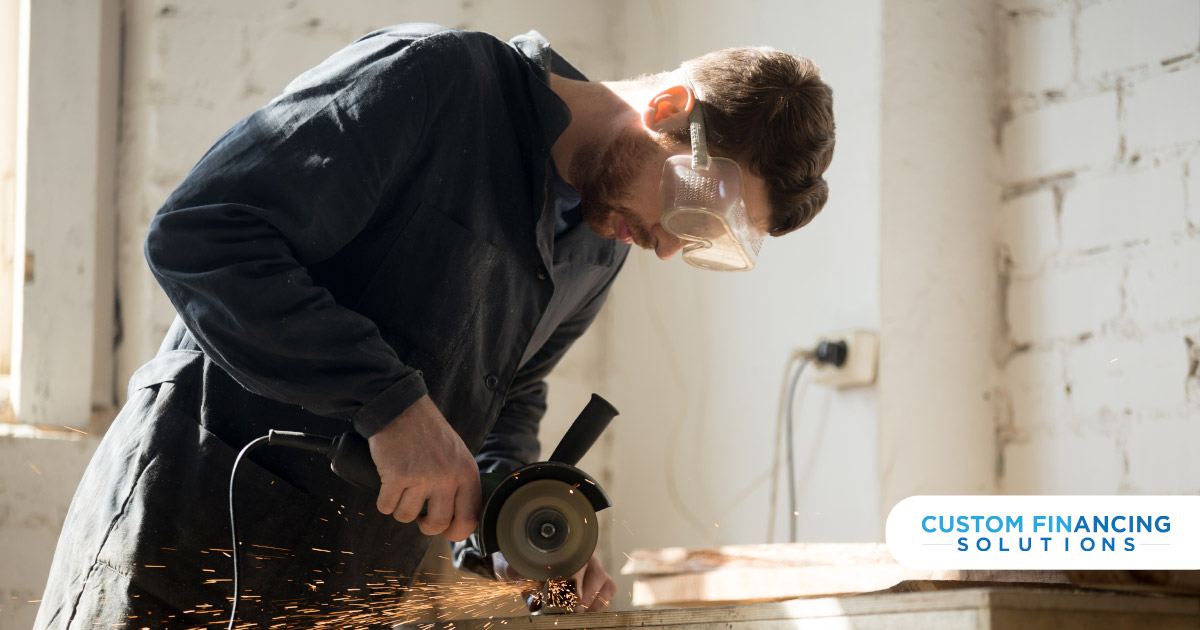Metals are one of the most versatile materials that offer great strength. Along with the strength, metals that are used in construction are malleable. This property means that it can be hammered, cut, and reshaped. Knowing how to cut it goes a long way in working with metals.
Here are a few things to keep in mind before you work on cutting metals.

Correct Tool
Since the metals differ in rigidity, we use different tools depending on the type of metal and the situation. Power tools work better than manual ones. We should cut soft metals using a non-ferrous blade. Blades can be changed in almost every power tool. But for metals containing iron, it is best to use ferrous blades. The blades get worn out after working on metals. Look out for loss in sharpness.
A diamond blade is a more durable option. Working with it increases the speed and accuracy of cuts. It also wears down slower than its counterparts. If your work involves more heavy cutting, we suggest heavy machinery. You can rent them for certain projects. Using renting equipment service has many benefits.
Technique
The difference in physical strength makes working with metals a tad difficult. Learn and perfect the technique to get clean cuts. It might take time to achieve that, but keep improving.
Once you have the right tools and safety gear, place the metal to cut on your workstation. Mark the guidelines with a different color of metal so that you can see it clearly. Harder metals are tougher to cut through. The key here is to move the cut slow and deep. Try to maintain an even speed. You can stop in between cuts but be gentle and precise when you continue a cut.
Manual Cutting
Softer variants like sheet metals, metallic tubes, angles, etc. can be cut using a manual tool.
A hacksaw comes in handy. It is like the tool used in woodworking called a bow saw. Place the object to cut at the edge of the workstation. Back and forth motion with the hacksaw can cut small pipes and angles. Tin Snips can work on anything thinner than 18-gauge. These look and work like a pair of scissors.
Safety
We should keep the safety of the operator in mind when working with metals and power tools. The helmet and safety glasses protect the head against flying sparks. When cutting heavy metals, a face shield is advised. Heavy gloves protect the hand and keep them steady by absorbing the extra vibrations. Tools like chop saws can get very loud while working (up to 100 decibels). Use noise-canceling earplugs to save from damage to the ear canal.
Be sure to take necessary precautions. Cutting metals throws fragments around the workspace. Clean them out properly after work. Metals heat, especially around where the cut is formed. Leave it to cool and do not touch with bare hands for a few minutes.
With the right technique and the most important weapon- tools, you can cut them with ease. Patience is important when working with metals.
Our blogs at CustomFin help you learn what you need to get better at work. We also link with contractors to help provide easy payment plans for their customers.
Get started now to grow your business.









